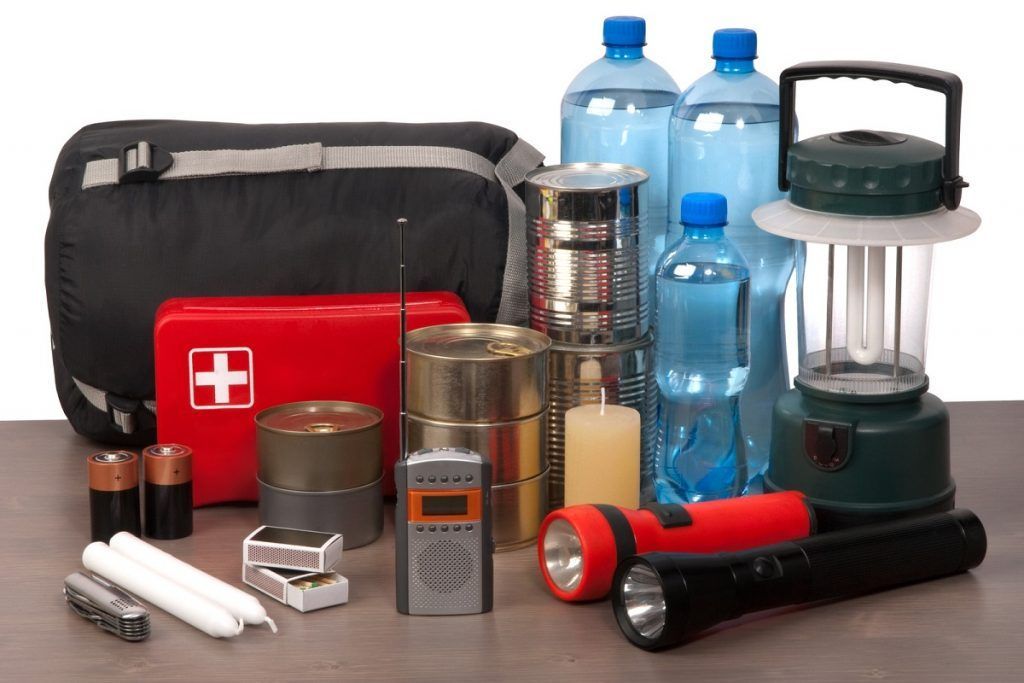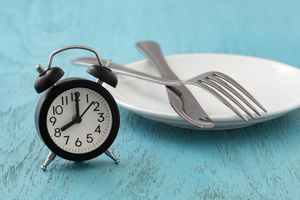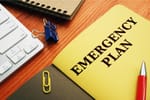There have been countless movies made regarding doomsday on earth, and to be honest it is a little frightening because those flicks aren’t far-fetched…
We have so many chemicals and weapons that can destroy our planet many times over, it’s horrifying.
We, humans, contribute to the destruction of our environment as well, through the automobiles we drive, the products we use (i.e. aerosols), non-biodegradable items, etc.
All of these different destructive components combined upset the balance in nature, which causes our polar caps to melt, holes in our ozone layers, and poisoning of our water supply, which all lead to one thing an increased chance of some type of apocalypse.
Of course, none of us wants this to happen…
Even on a smaller scale, you still need to be prepared even for smaller events such as natural disasters that can cause power outages, floods, wildfires, and so on…
Let’s jump right into items that you should pack just in case you experience some type of disaster because you can never be too prepared…
What Every Survival Kit Should Contain
Every home and car should contain at least a basic survival kit in the event of a disaster. Even if you believe that nothing will ever happen to necessitate using such a kit, it is always better to be safe than sorry when it comes to the lives and safety of yourself and your loved ones. You just never know what the future could bring, and a survival kit for emergency preparedness is essential to any home.
The Very Basics
At the very least, every home should have a few basics. These items will be especially helpful in the event of a power outage of any sort, especially if you are unable to leave your home due to weather or safety reasons.
- Bottled water (at least one gallon per person per day)
- Non-perishable food items (e.g. can goods, dry foods such as grains and rice)
- Extra clothing, blankets, etc.
- LED flashlights
- Plenty of batteries
- Waterproof matches or lighter
- Health and sanitation supplies (toilet paper, soap, hygiene products)
- Documentation (identification, medical history and medication lists, emergency contacts)
- First aid kit
- A generator that produces electricity for the home
Ready For Anything
A disaster in your own home opens you up to a lot of possibilities for survival. There are always tools, supplies, and items that can be used for a multitude of tasks. If a disaster strikes and for whatever reason, you need to leave your home, you want to be ready for that too. These items should be ready to pick up and go at a moment's notice and note that these items are in addition to the basic items already covered.
- A multi-use tool (such as a Leatherman or Swiss army knife)
- Weather protection: sunscreen, hats, rain jackets, etc.
- Communication items (such as a portable radio)
- Protection (e.g. guns: Store them in a secure location)
- Map
- A plan
Planning Ahead
Having a plan is one of the strongest tools in your arsenal. Knowing where to go or what to do in an emergency situation is perhaps more useful than almost any item in your survival kit. Planning ahead includes having your survival kit ready, having a primary and secondary plan for where to go if you have to leave your home, knowing basic first aid and how to read a map or use a shortwave radio, and other general basic knowledge. A plan exponentially increases the odds that you could survive just about anything that comes along.
The Importance Of First Aid
Having a survival first aid kit is another super important key factor that absolutely should not be overlooked. The American Red Cross has a detailed list of items that every first aid kit should include. You should add items according to the personal needs of yourself and your family, such as EpiPens, pain relievers, and extra medications.
Other Survival Kit Options
There are online forums and websites that specialize in emergency preparedness and disaster readiness. Some of these sites even sell survival kits, but they are often quite expensive. To save money and be able to cater the kit to the personal needs of you and your family, take a little time and put together your own survival kit, starting with these minimum necessary items.
Why Plan for Something That May Never Happen?
Preparing for a disaster is a necessary part of living a responsible life. You want to hope that such an event never occurs but be prepared for anything to keep your family safe. If you don't have one already, start building your survival kit today.
Think of it as a form of insurance, because purchasing insurance after you get into an accident does you no good at that moment.
Once again, start building your survival kit today, because it could save you and your loved ones' lives if disaster strikes.
Download Our Free E-book!







